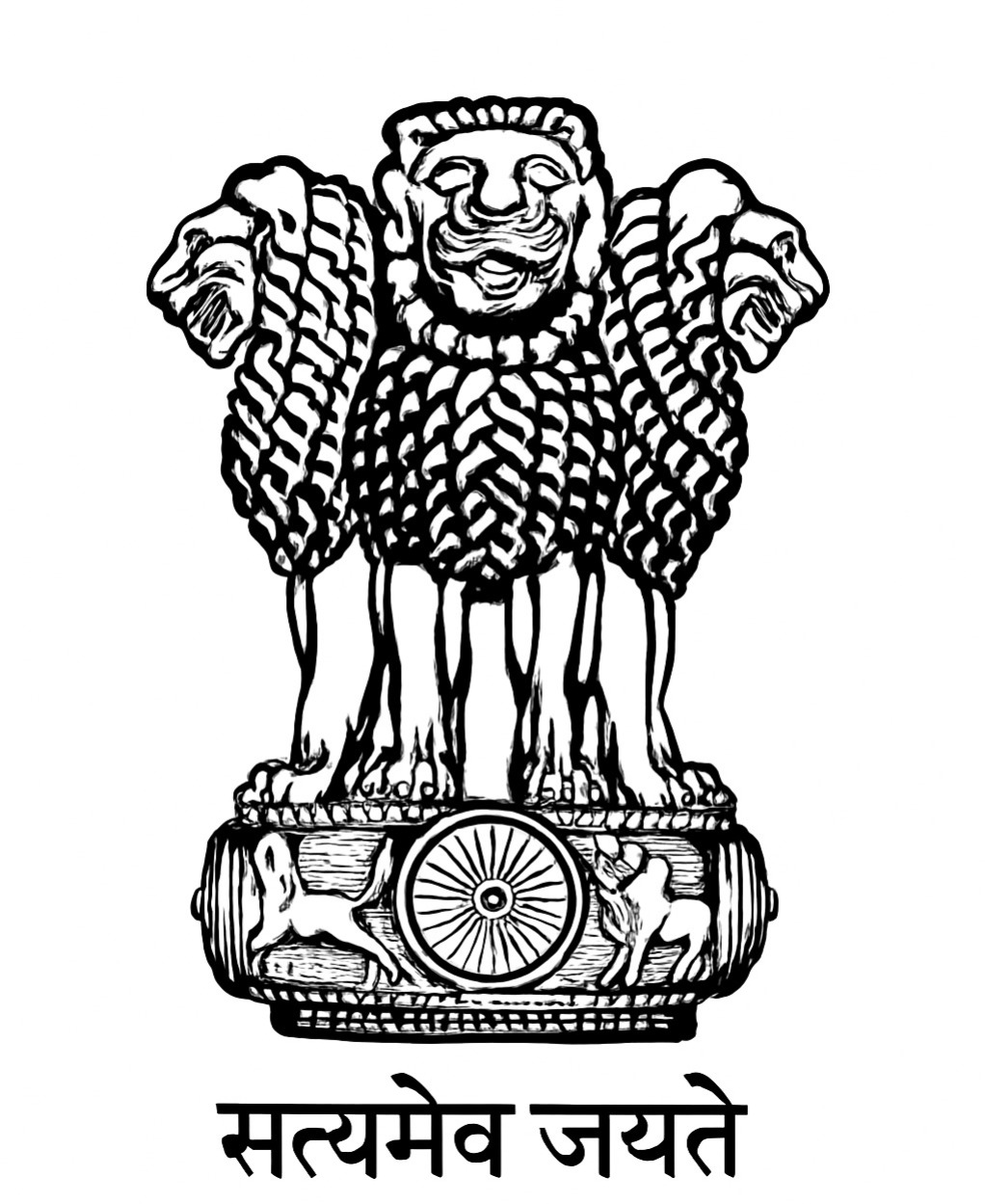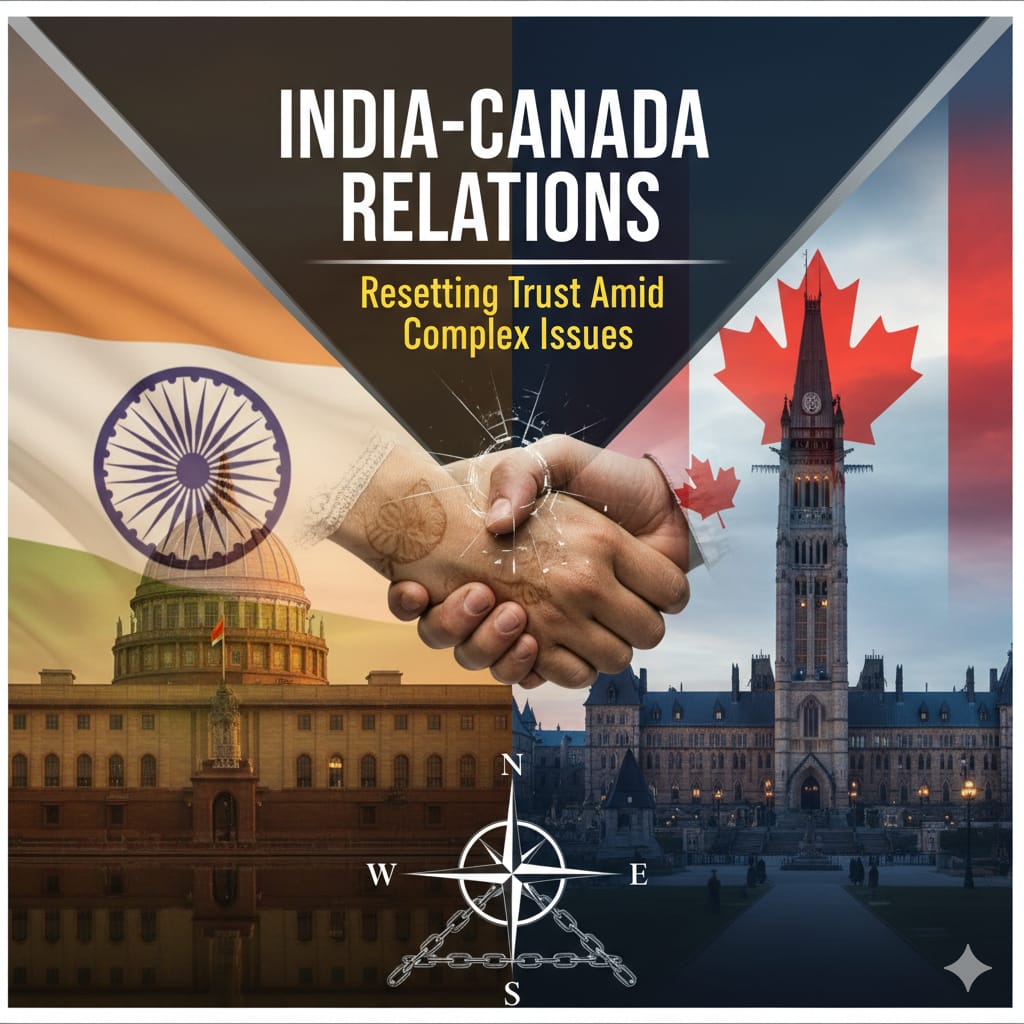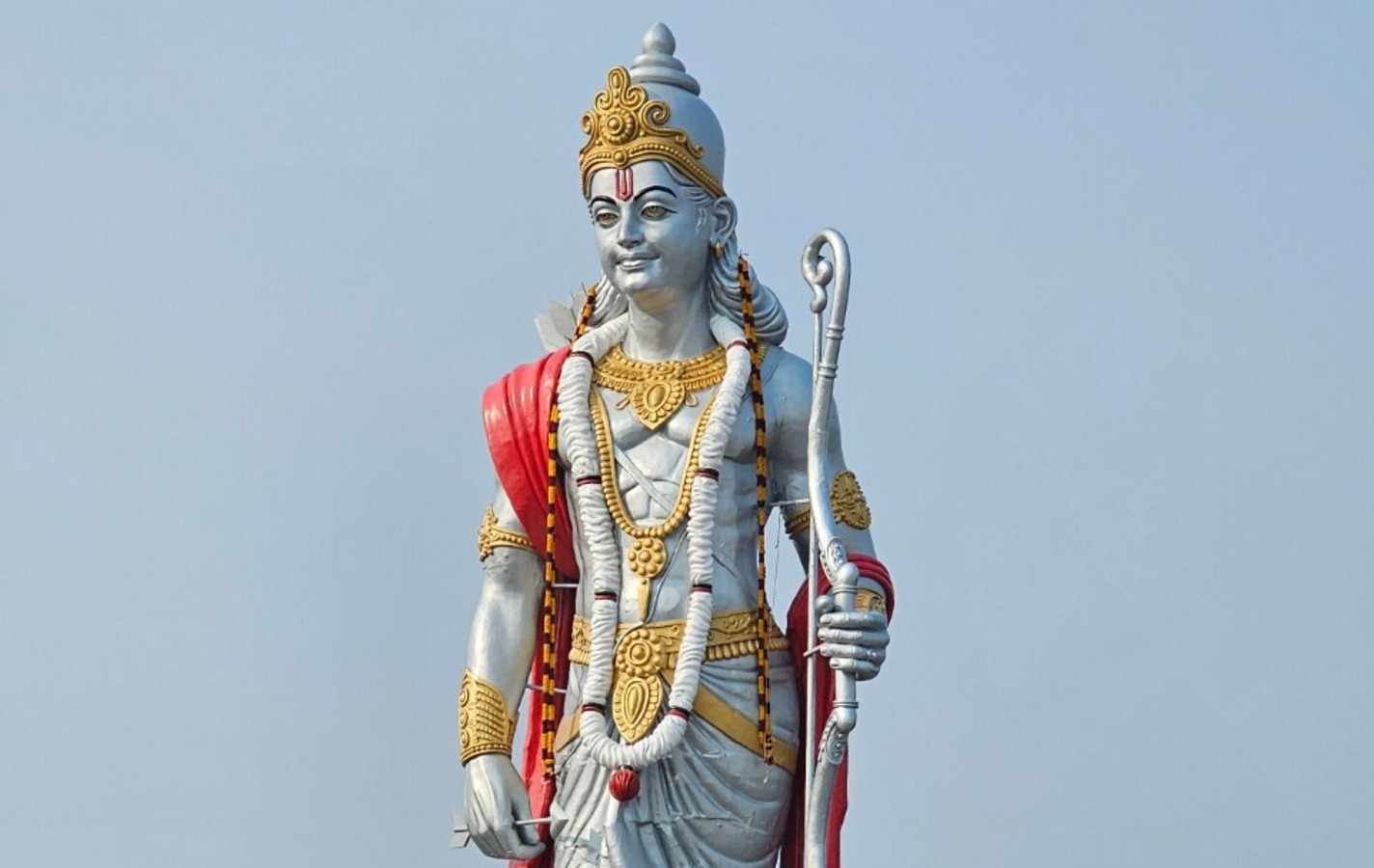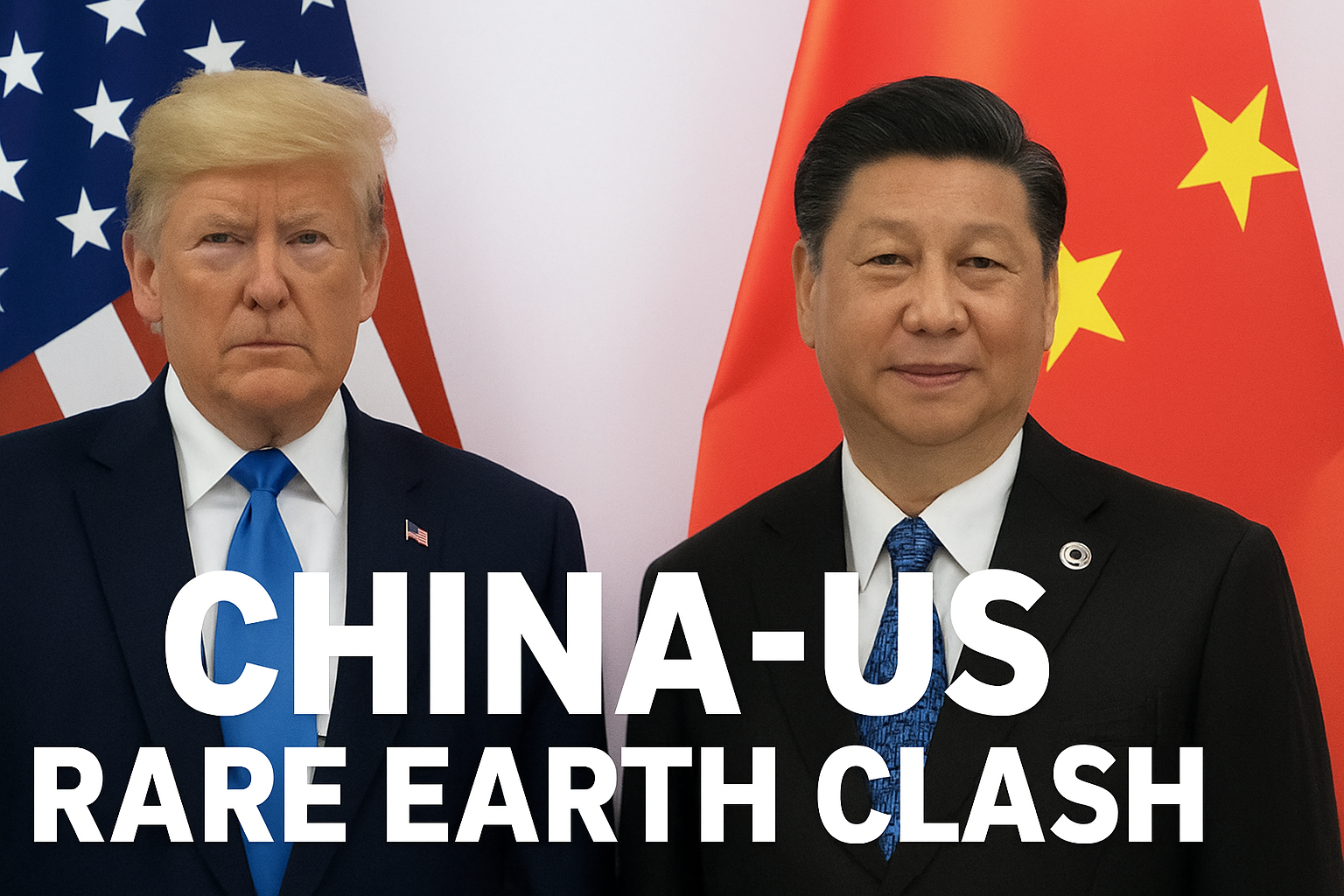
Symbols are not silent ornaments. They speak of collective struggle, shared destiny, and the fragile bond that ties millions into a single identity. India’s national emblem, drawn from the Lion Capital of Ashoka at Sarnath, is one such symbol. It does not merely crown official documents or currency notes. It is a moral reminder of Satyameva Jayate—that truth alone triumphs. For a nation that emerged from colonial rule, this emblem is a visible anchor of sovereignty and pride.
The Constitutional Foundation
The Constitution places a clear responsibility upon citizens. Article 51A lists respect for the Republic’s ideals, anthem, flag and emblem as a fundamental duty. In addition, the Prevention of Insults to National Honour Act of 1971 protects national symbols from defilement. Though the law primarily addresses the flag and anthem, its intent is unmistakable. A gesture of contempt toward any symbol that represents the Republic is considered an affront to the dignity of the nation.
The State Emblem of India (Prohibition of Improper Use) Act of 2005 further builds this protection. It forbids the emblem’s use for private gain or misleading display. A symbol so deeply tied to the republic cannot be turned into a casual brand. Governments across India have been trying to enforce these provisions. Recently Karnataka ordered a crackdown on emblem misuse on number plates and signboards. The Orissa High Court even appointed special advocates to raise awareness and prevent misuse. The law, therefore, surrounds the emblem with a protective shield.
The Hazratbal Controversy
The recent events in Srinagar have pushed this discussion into the spotlight. A plaque bearing the national emblem was placed inside the Hazratbal shrine, one of the most revered Muslim sites in Kashmir. Soon after, worshippers damaged the plaque. Videos of the act circulated widely, provoking anger and debate across the country.
Political leaders were quick to respond. The Waqf Board condemned the act as an insult to the Constitution. The Bharatiya Janata Party demanded strict punishment, while former Chief Minister Omar Abdullah raised an important question: why place a national emblem inside a place of worship at all? He argued that shrines are not government institutions and should remain free from state insignia. The police registered an FIR and began investigating the incident under sections dealing with rioting, conspiracy and insult.
Faith, Law and the Public Square
This clash reveals a delicate tension. For some believers, the presence of a national emblem inside a shrine seemed inconsistent with their faith. For others, damaging the emblem was a violation of their constitutional duty. Between these positions lies a question that every plural society must answer: can reverence for faith and respect for national symbols coexist without stepping on each other’s ground?
Social media voices reflected both pain and anger. Some users saw the act as a blow to national unity, reminding others that the emblem represents sacrifices made in blood. Others insisted that the placement of the emblem in a shrine was itself insensitive, bound to provoke conflict rather than inspire respect. Both sides agreed on one point: symbols matter, and they are never neutral.
Final Take
If symbols are to unite, they must be displayed with wisdom. A national emblem belongs in courts, schools, legislatures, and public squares where the Republic’s authority is exercised. To place it inside a religious sanctuary risks confusing civic allegiance with spiritual devotion. Such gestures can turn a symbol of unity into a point of division.
The Constitution demands respect for the emblem, but respect is a two-way street. The state must also respect the emotional landscape of faith. Only by ensuring that symbols remain above sectarian sensitivities can they truly embody the collective spirit.
The lesson from Hazratbal is not that our symbols are weak. It is that they must be carried with discernment. Symbols shine brightest when they command reverence, not when they provoke resistance. For a nation as diverse as India, the strength of an emblem lies not just in law but in the wisdom of where and how it is displayed.



.jpeg)





.jpeg)



.jpeg)



.jpeg)
.jpeg)
.jpeg)

